The Mong ethnic people residing in Hua Nhan commune of Bac Yen district in the northern mountainous province of Son La are famous for their traditional craft of linen weaving, which not only improves the locals’ incomes but also promotes their cultural value.
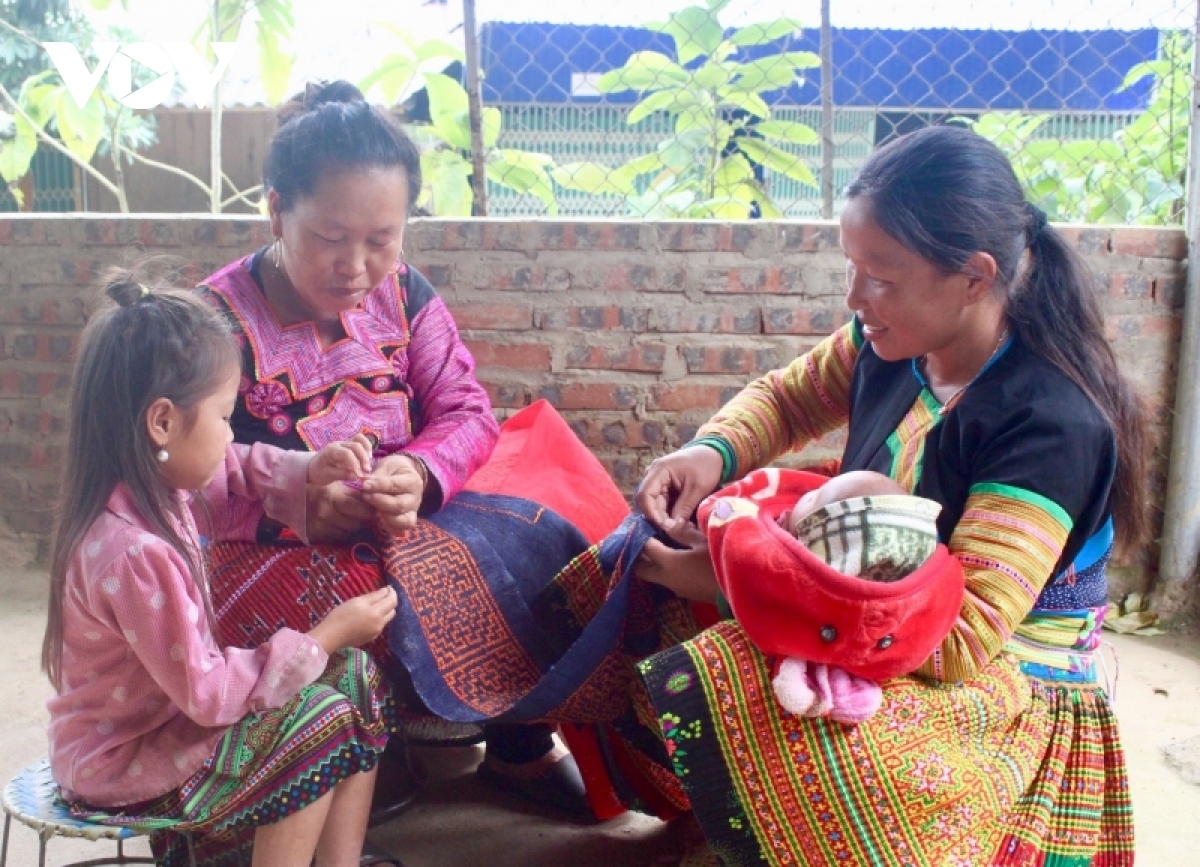
Linen weaving represents one of the long-standing traditional crafts practiced by ethnic people from the region. It also plays an important role in the economic and cultural life of the Mong people.
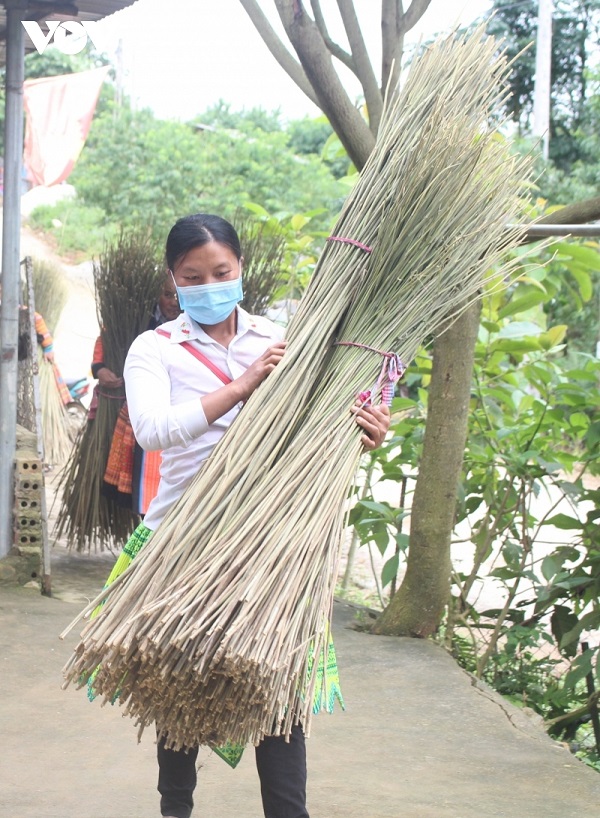
Flax plants make up the main materials used in linen weaving.
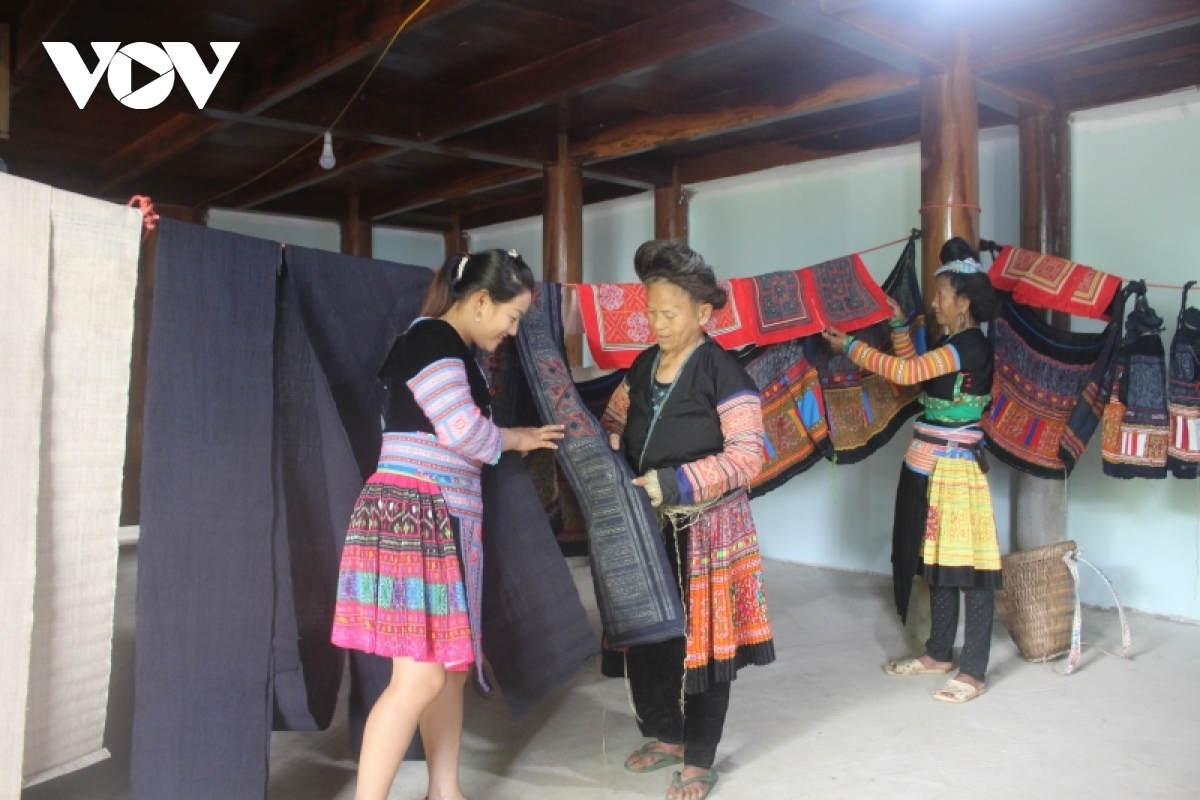
Linen fabric is not as soft as cotton, but its products are durable and can keep wearers warm.

Following the harvest, flax stalks are then dried in the open air for several weeks.
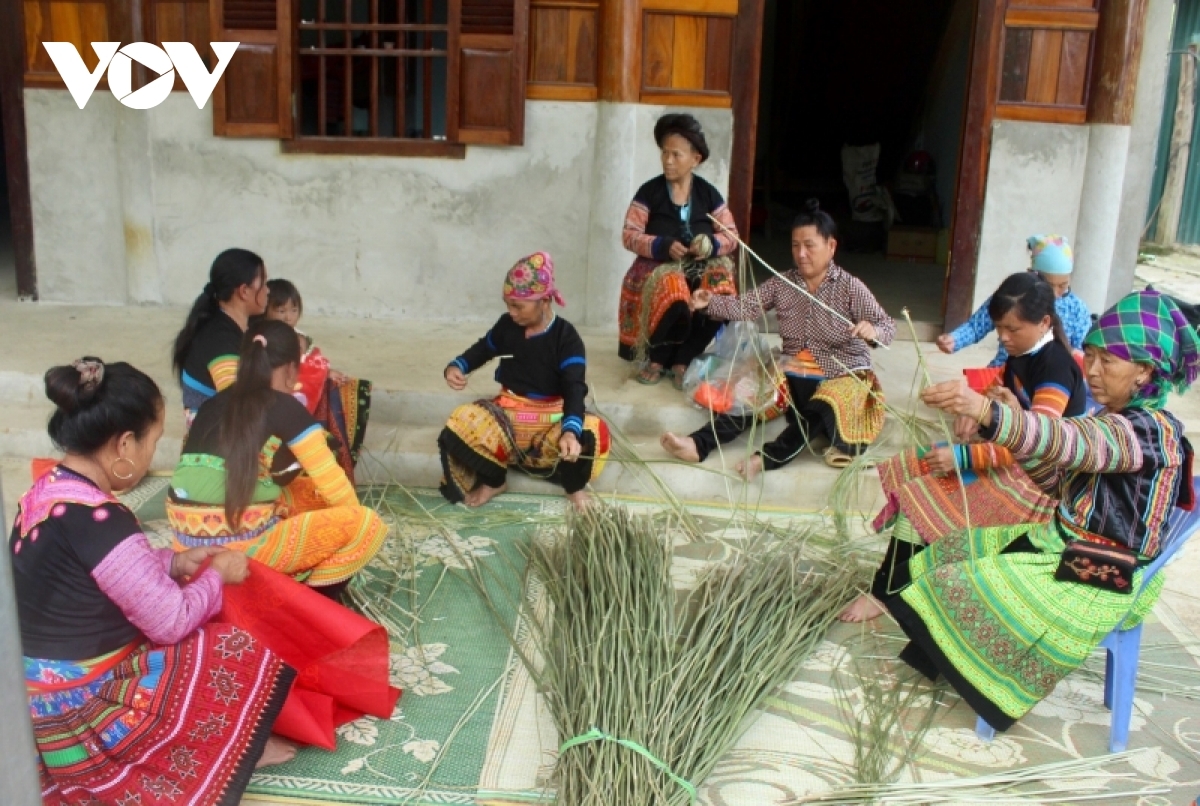
Making linen fabric from flax requires a lot of work, and all of the stages are done manually.

The linen thread is then rolled on.
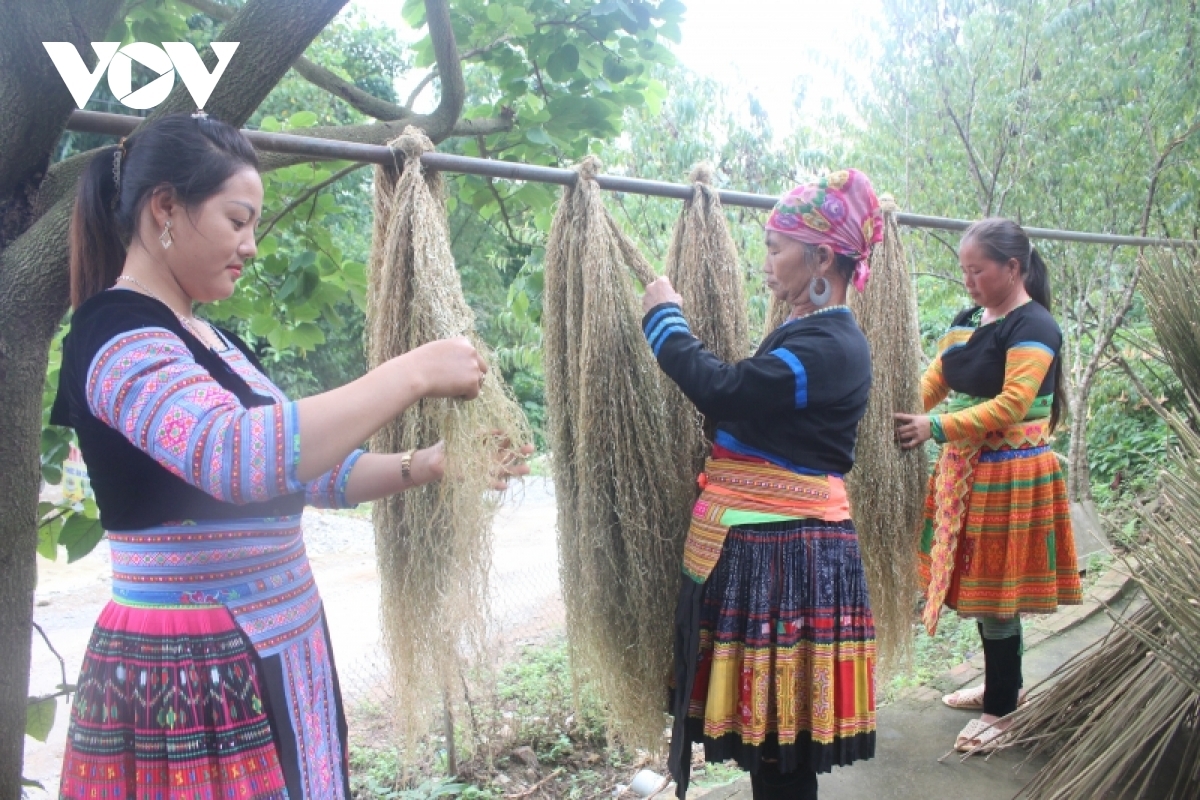
After being boiled several times in water mixed with ash and beeswax, the linen threads gradually become softer and whiter.

Producing patterns on cloth requires a great deal of dexterity and industriousness.

Traditional decorative patterns of the Mong people can be seen on the linen sheets.
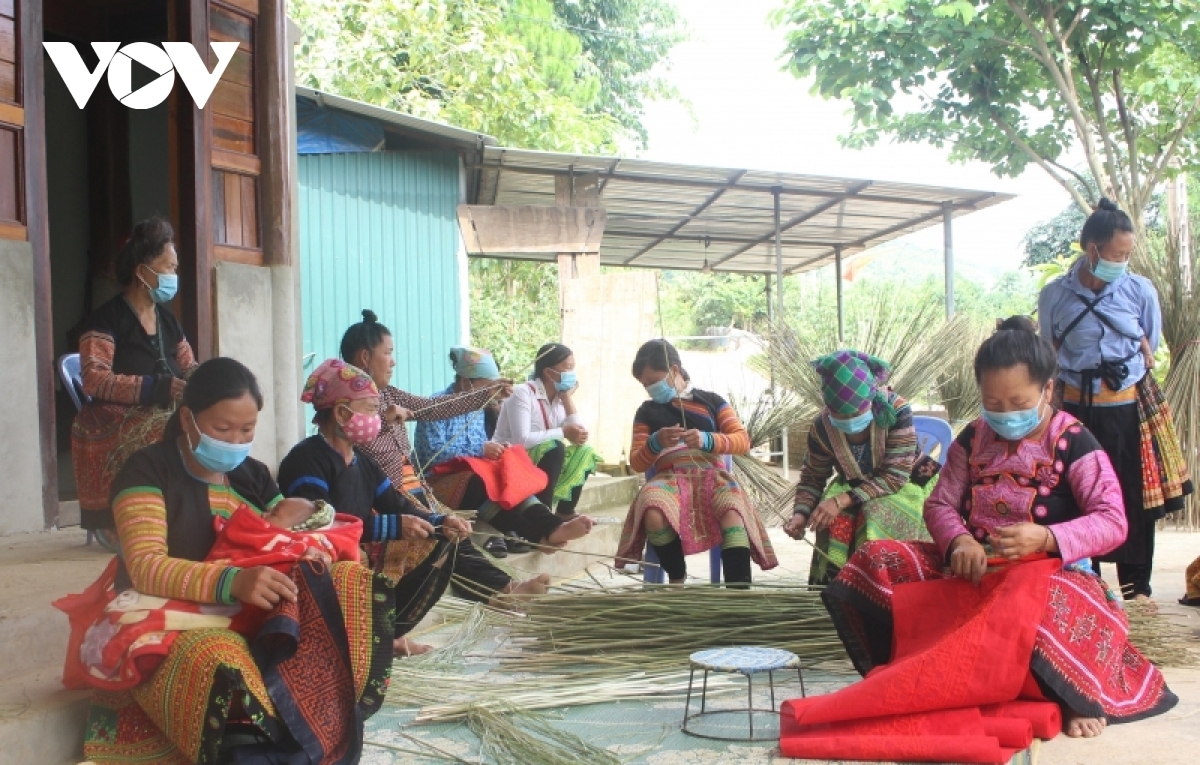
Mong ethnic women typically prepare self-woven clothes made from linen roughly two months before the Lunar New Year known as Tet in Vietnam.
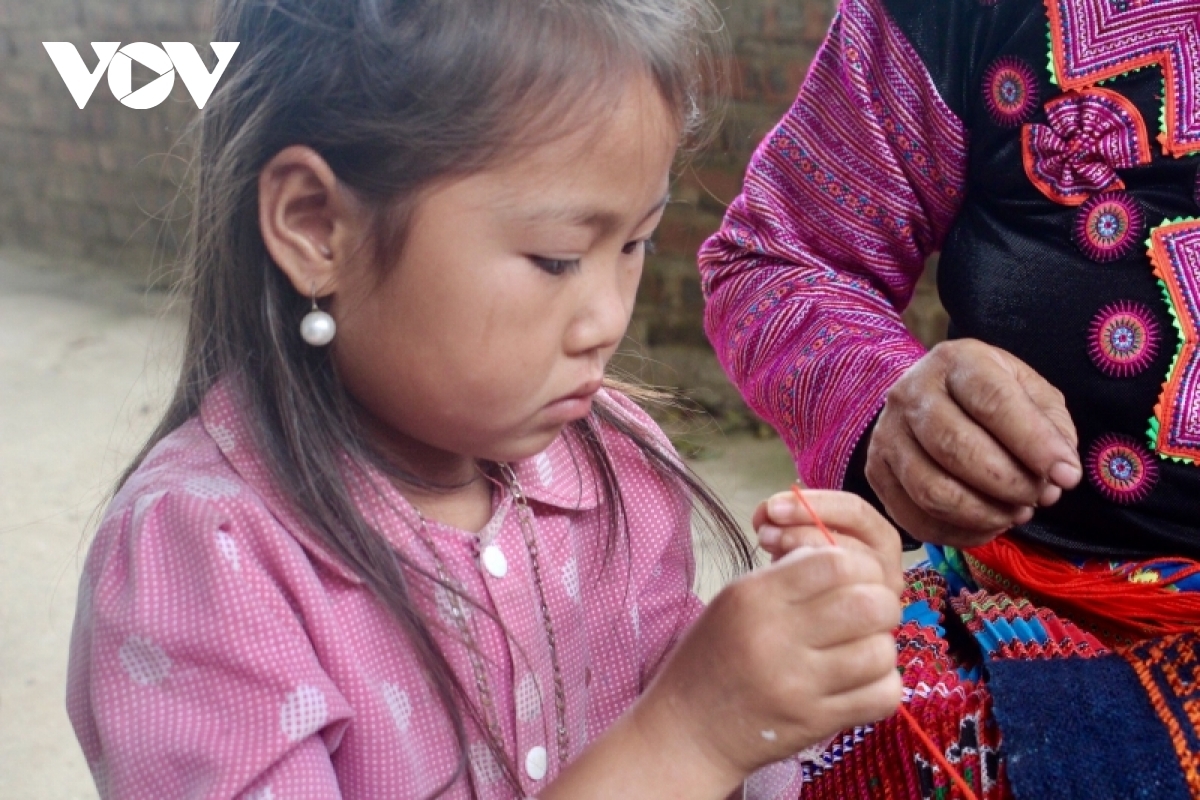
The craft of linen weaving has been preserved after being passed down through several generations.